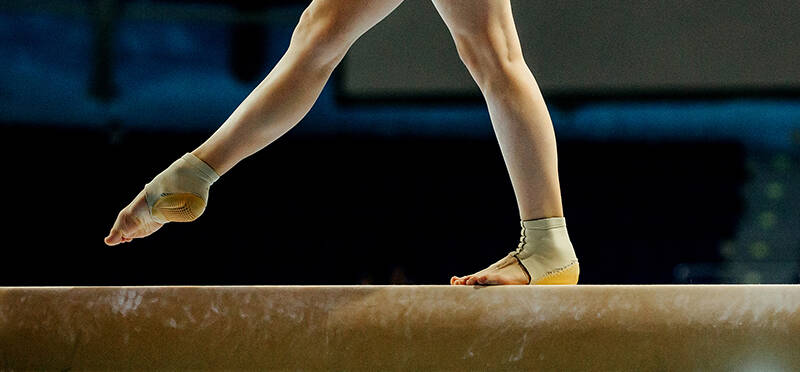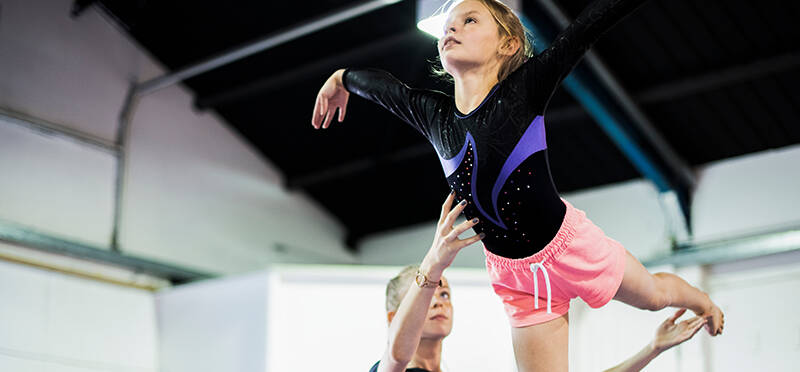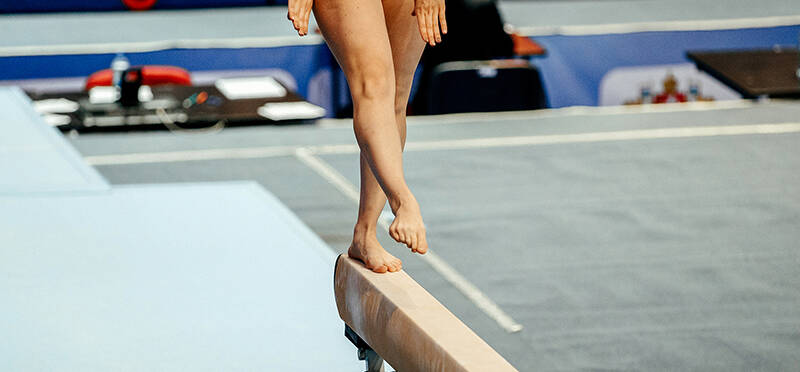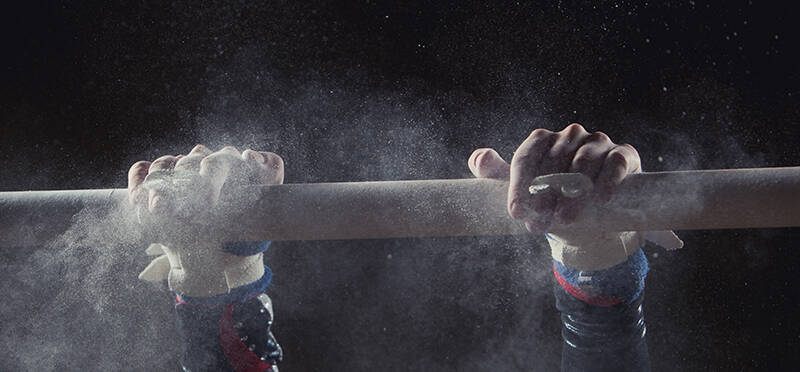Achilles Tendinitis in Gymnasts
Posted on February 3, 2020 by Tara Hackney, PT, DPT, OCS, KTTP
Tendinitis is a chronic, overuse type of injury that is common in gymnasts as they perform multiple repetitions of their...
(more…)







